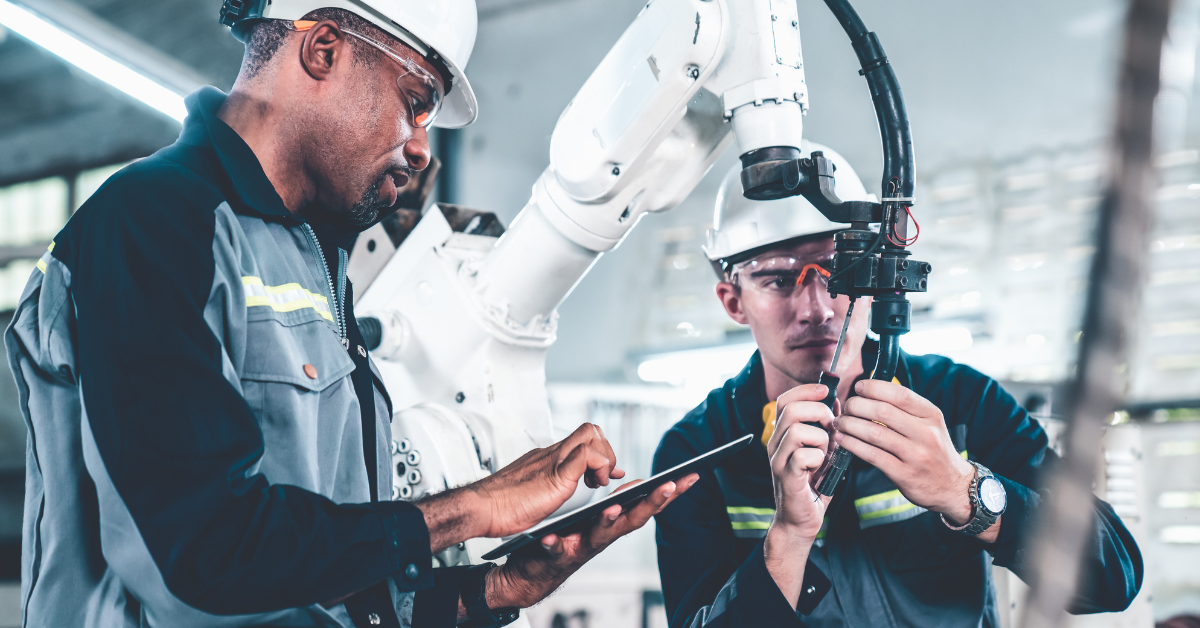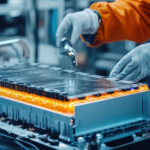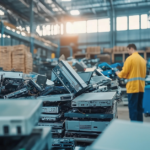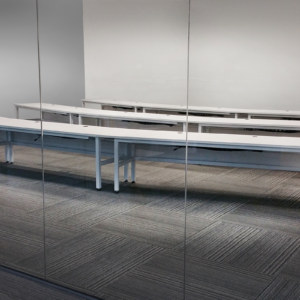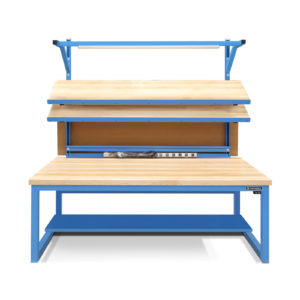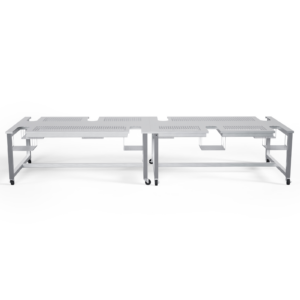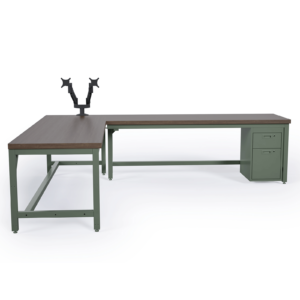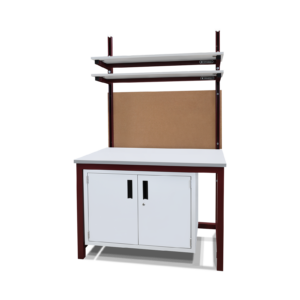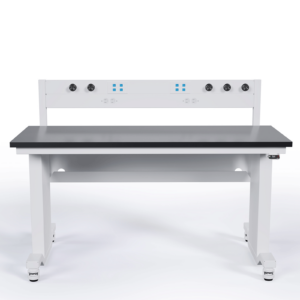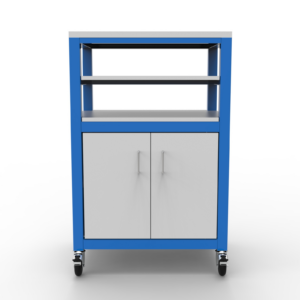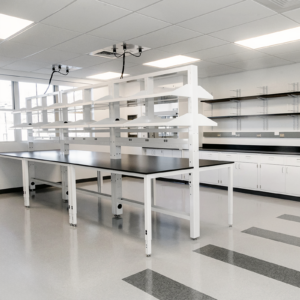Is 100% Automation in Factory Assembly Achievable? Some Leading Manufacturers Say Yes
Without question, factory automation using robots is becoming more sophisticated with each passing year. But when will we cross the line when human workers are designed out of the process?
The answer may come soon.
This year Denso, the well-known Japanese Tier-1 supplier of automotive components (and member of the Toyota Group), announced it will break ground in the first half of 2025 to build an all-new $480 million facility factory in Nishio City, Japan (Aichi Prefecture) that will be 100% automated, e.g. will not require staffing by traditional human factory workers.
According to Denso, the new factory will feature a flexible production system based on extensive component standardization, allowing its single production lines to quickly switch from one type of product to another.
When the factory opens for production in 2028, Denso says its production lines will also be capable of running unmanned for 24 hours a day. Computerized cameras and sensors will manage the flow of goods and materials, which will be loaded and unloaded using automated robotic systems. (A standby human crew will monitor the factory and step in to make repairs or fix any issues as they arise.)
In October this year, the Hyundai Motor Company and Kia Corporation held a tech demonstration day to showcase their next-generation robotic manufacturing technologies. Coming to market under the new E-FOREST smart factory name, these include several robot solutions designed to handle specific automotive assembly operations, such as HOSE, an AI-based vision algorithm that recognizes irregular flexible parts and identifies where to pick them up for handling. Other new systems include an infinite multi-axis holding fixture also designed to use computer vision to identify how to safely pick up large body panels, and an automated alignment system which will be used to assemble the heavy wing components of Hyundai’s upcoming “flying cars” (known as “urban air mobility” or “UAM” in Hyundai parlance) to within 0.025 mm accuracy.

Next Generation Specialty Robots are Taking on More Industrial/Manufacturing Tasks
Automotive assembly factories are not alone. Many industry manufacturing sectors are readying their operations for an influx of new specialized robotic systems. Here are just a few interesting examples that illustrate how specialty robots could revolutionize production processes in manufacturing:
· Metal Panel Work in Aerospace Manufacturing
Forming complex sheet metal parts in low-volume production industries – such as aerospace – has long required the use of highly skilled technicians to form, shape, trim, drill, and finish sheet metal to meet the exact drawing specifications. The company Machina Labs, based in Chatsworth, California, outside of Los Angeles, has introduced a series of robots that can handle these complex tasks.
· Agriculture and Aquaculture
Since the mid-twentieth century, most farmers have turned to chemicals to eradicate weeds in their agricultural fields. But new robot weed pickers, such as those from the Greenfield company, are reviving old methods of controlling weeds – by pulling them out one at a time using robotic hands.
Meanwhile, in aquaculture, an Alphabet (Google) spin-off called Tidal is developing a submersible robotics system to monitor salmon fish grown in aquaculture along with invasive species, such as sea lice. Researchers at Switzerland’s ETH Zurich have also developed underwater robots. In this case, it’s a swimming robotic fish that can capture ambient DNA in the water to identify which species are living in specific regions of the ocean.
· Environmental Cleanup
Consumer plastic waste has become an endemic problem in the world’s oceans and waterways. New startup companies, such as Clearbot, are using solar-powered robotic boats to remove waste from the water’s surface, much like a Roomba robot vacuum cleaner. (Clearbot can also perform more specialized tasks, such as mapping waterways, testing water samples, or even removing the eggs of invasive apple snails by shaking and spraying vegetation to dislodge the snail eggs.)
· Food Production Robots
Food preparation is another area of work that startup companies are hoping to revolutionize using next-generation specialty robotics. Companies such as GoodBytz are tackling the problem by building large, enclosed robot kitchen systems – designed to serve as a substitute for a commercial kitchen in a restaurant, for example – while other startups such as BotInKit are focusing on smaller kiosk robot systems that can handle more basic cooking tasks, such as stir-frying or stewing.
Robots are also increasingly deployed at food processing companies, such as Smithfield Foods, the leading pork producer in the US, which uses robots to accurately slice pork ribs, one of the more dangerous and physically demanding jobs for human workers at meatpacking plants.
Robots are also now used to process chickens. Tyson opened a $300 million plant in Danville, Virginia, which automates the production of chicken nuggets, strips, and wings – replacing 250 workers in the process.
· Robotic Robot Repair
It makes sense that many new robotic systems will be built by robots themselves at automated factories, such as at the new RoboFab facility built by Agility Robotics in Oregon.
However, what happens when things break, e.g. when robots “injure” themselves?
Researchers at several institutions, including Cornell University, the National University of Singapore, and Carnegie Mellon University in Pittsburgh, are investigating new self-healing polymer materials that would allow robots, once they sense an “injury” has occurred, to repair components, ranging from severed electrical connections to damaged soft touch structures.
· Warehousing Logistics and Material Handling
AI-based robotics companies that focus on warehousing logistics, such as Convergent Brain, are training new foundational Large Language Models (LLMs) with massive amounts of real-world data to give robotic systems a greater understanding of how to pick, move, and place items.
Companies such as BrightPick are focused on developing fully automated turnkey warehouse automation systems that use autonomous mobile robots (AMRs) to pick orders, replenish supplies, and other common material handling operations.
At Amazon, AI technology is helping the company speed up package deliveries to the customer, in some cases driving down the timeframe from 2 days to just one day. To operate at this pace, Amazon not only relies on advanced material robots but also uses AI models to predict customer orders (even before the customer places an order) as well as how to optimize delivery routes in neighborhoods to speed up delivery.
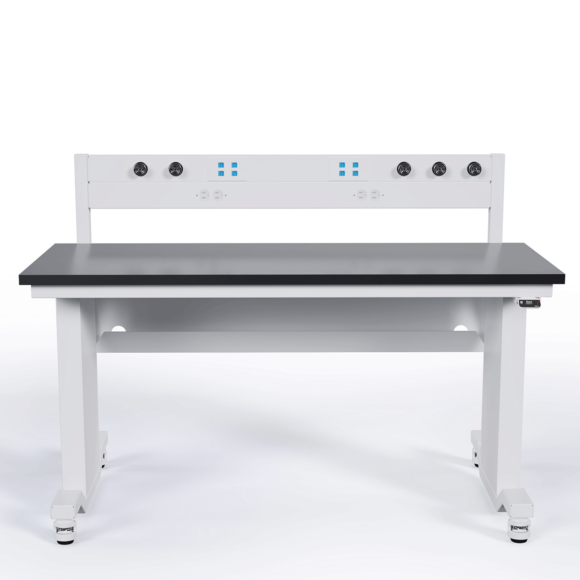
Huge Investment in Developing Humanoid Robot Solutions
So far we’ve mostly looked at new robotic solutions that are specialized in some way, tailored to solve very specific industry requirements in sectors such as automotive assembly, agriculture, food production, aerospace manufacturing, or warehouse logistics and distribution.
But what about deploying flexible robots that could handle a variety of tasks, ideally for any industry?
The competition to develop these types of robots, which often take a humanoid form, is fierce.
New humanoid robot company entrants are appearing all the time from companies such as 1X Technologies, Ameca, Kind, Weave, Unitree, and UBTech.
Some of the new robots are primarily targeting human interaction, such as humanoid robots designed to be home assistants.
But in the manufacturing world, two names stand out.
The first, Boston Dynamics, has long been recognized as a leader in developing two and four-legged robots capable of mimicking human movement.
The second entrant in the market that is garnering much attention is the Figure robot, which was named one of the best inventions of 2024 by Time Magazine. The latest model, Figure 02, has been tested at BMW’s manufacturing facilities in South Carolina and appears capable of learning many tasks performed by human workers.
BMW is focusing on using Figure robots to perform repetitive tasks that are ergonomically awkward and/or tiring for human workers.
It’s also useful to point out that humanoid robots capable of mimicking human workers can be deployed using the same tooling and procedures developed for human workers, unlike many of the specialized robots described earlier that require the development of new processes and operations that are separate from human worker production lines.
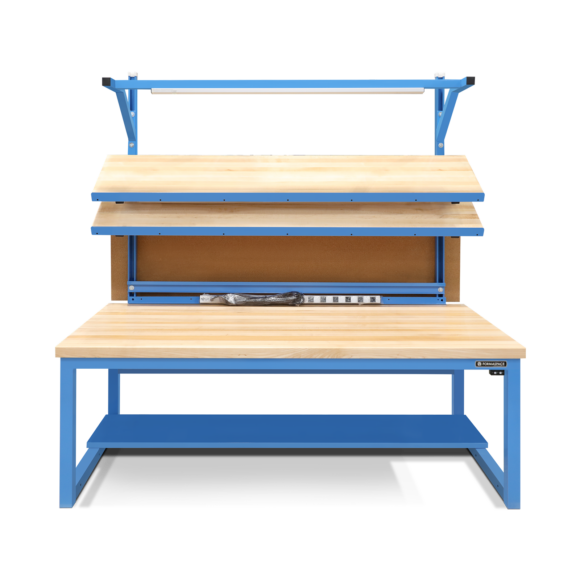
Will Flexible Humanoid Robots be Ready for Prime-Time Manufacturing Roles in 2025?
So will 2025 be the year that flexible manufacturing robots take off?
To help assess this question, we looked at some of the analysis provided by a panel on advanced manufacturing technologies, the 13th annual John Hazen White Manufacturing Forum hosted by the Bookings Institute.
The panelists pointed out that while robotics technology is advancing quickly, there are gating factors limiting adoption by American manufacturing companies.
One such limiting factor is company size.
According to the panelists, 98% of all manufacturing in the US is performed by small and medium companies. Furthermore, 85% of these companies have fewer than 20 employees in total.
Companies of this size – with so few employees – are unlikely to have the resources needed to implement complex robotics systems.
The panelists also discussed survey research from McKinsey that the need to justify a return on investment (ROI) remains one of the major obstacles facing smaller companies that are considering making large-scale investments in AI- and robot-based manufacturing initiatives.
Based on this information, we predict there will be many high-profile implementations of flexible robotic systems in 2025, but they will be limited to the largest companies – the 2% — that have the financial resources to take a financial leap of faith into large-scale flexible robot-based production.

Formaspace is Your Laboratory Research Partner
Lab. Industrial. Workplaces. It’s in our DNA.
Talk to your Formaspace Sales Representative or Strategic Dealer Partner today to learn more about how we can work together to make your next furniture project for labs, industrial spaces, or higher education a success.


